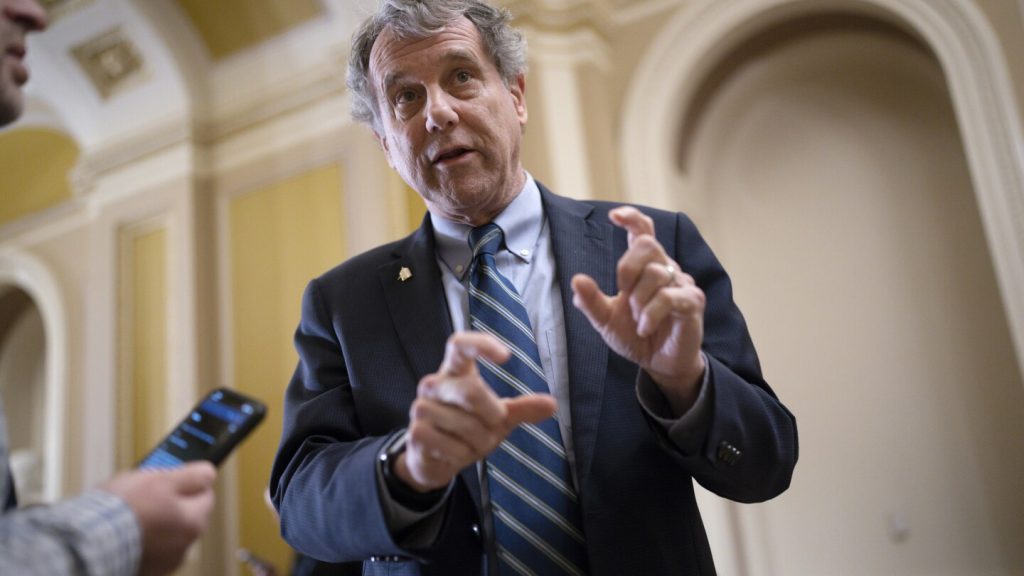Senate Democrats are facing a challenging slate of contests on Republican-leaning turf as they try to defend their narrow majority in the upcoming November 5th election. To bolster their efforts, Democrats are pumping $25 million into expanded voter outreach across 10 states, with plans to hire more field organizers, canvassers, and launch digital organizing programs targeting specific groups of voters online. The money will be distributed across states such as Arizona, Florida, and Texas, where Democrats are seeking to defend incumbents and open seats in efforts to maintain their majority in the Senate.
Democrats currently hold a 51-49 Senate advantage, including independent senators who caucus with them. With 33 regular Senate elections in November, Democrats must defend 23 seats while also focusing on unseating GOP incumbents in key states like Florida and Texas. If Democrats lose West Virginia and hold all other seats, they will need to upset high-profile Republican senators like Rick Scott or Ted Cruz to secure a majority, or hope for a Biden-Harris victory that allows for a tiebreaking vote in the Senate. The Democratic Senatorial Campaign Committee is strategically allocating resources among key states to focus on tough reelection contests for incumbent senators like Jon Tester of Montana and Sherrod Brown of Ohio, who are running in states that have historically leaned Republican.
While Democrats have already financed field offices in Montana and Ohio, the additional $25 million investment in voter outreach includes five states that overlap with the presidential battleground map. These states, including Arizona, Michigan, and Pennsylvania, were won by Biden in the 2020 election, and are seen as crucial toss-up states for both the presidential and Senate races. The spending is part of a larger $79 million advertising effort by the Democrats’ Senate campaign arm, which aims to enhance their campaign infrastructure and outreach efforts leading up to the election. Democratic majorities on Capitol Hill are seen as crucial for a potential Harris presidency, with the party focusing on down-ballot races to strengthen their overall position in Congress.
The National Republican Senatorial Committee has outraised and outspent Senate Democrats this cycle, despite Democrats having more cash on hand at the end of July. While the NRSC had raised $181.3 million and spent $138.5 million, Democrats reported raising $154 million and spending $103.3 million, with a balance of $59.3 million. Both parties are targeting marginal turnout changes among their core supporters and persuadable voters, as the outcome of the election could determine control of the White House and Capitol Hill. Democrats are confident in their superior campaign infrastructure compared to the GOP, with strategic investments in on-the-ground efforts aimed at securing key Senate seats and maintaining their majority in a challenging political landscape.


